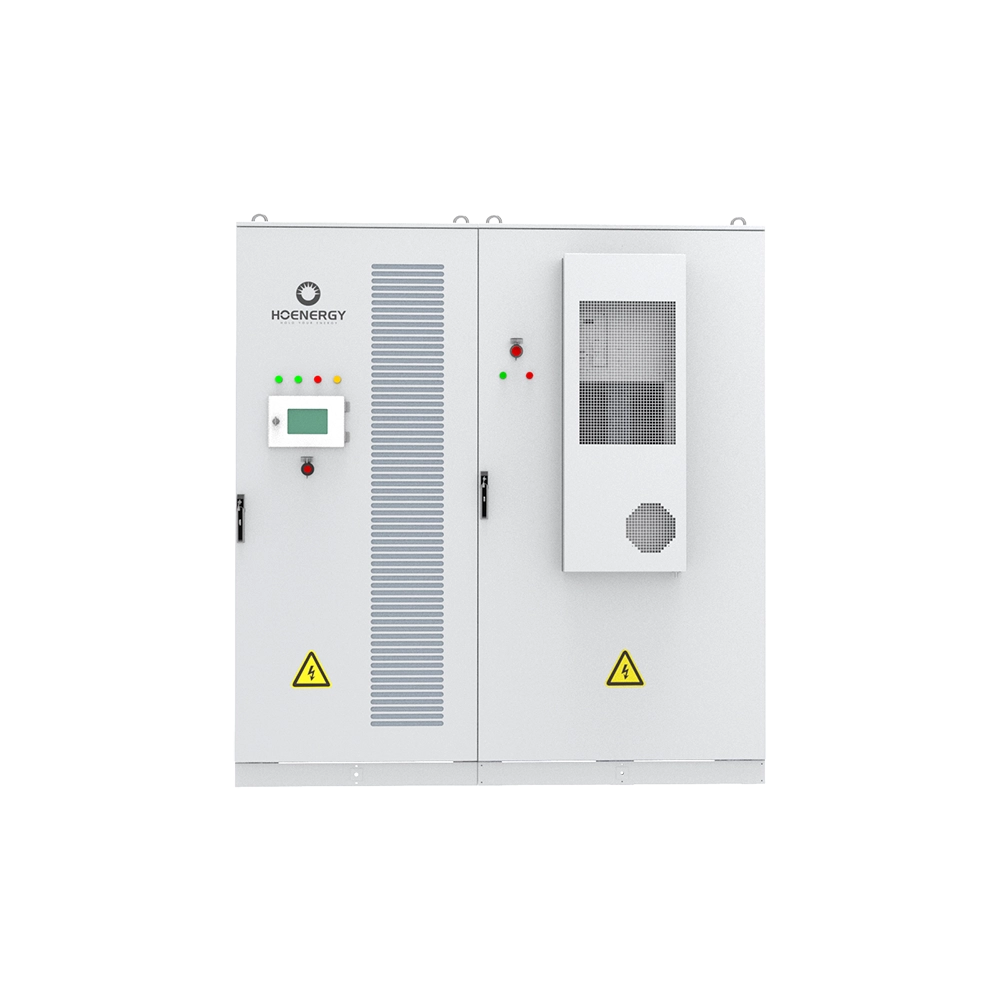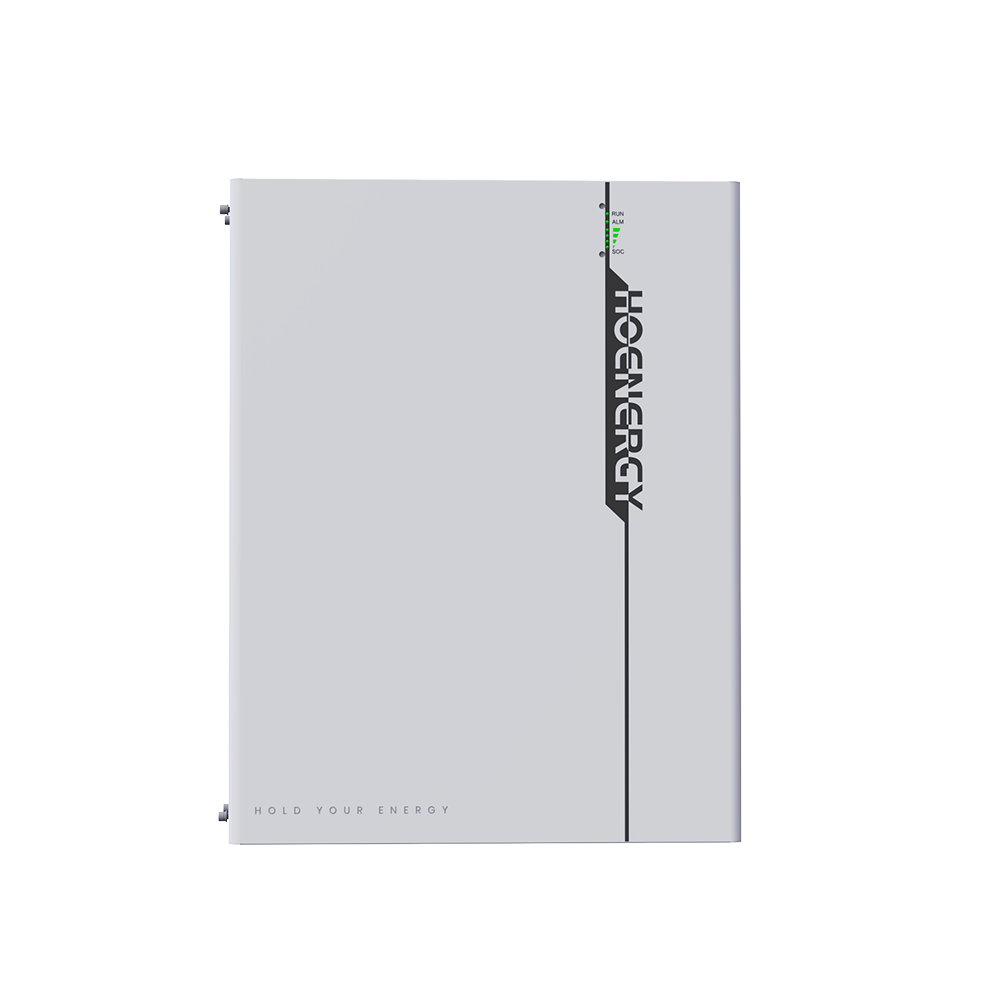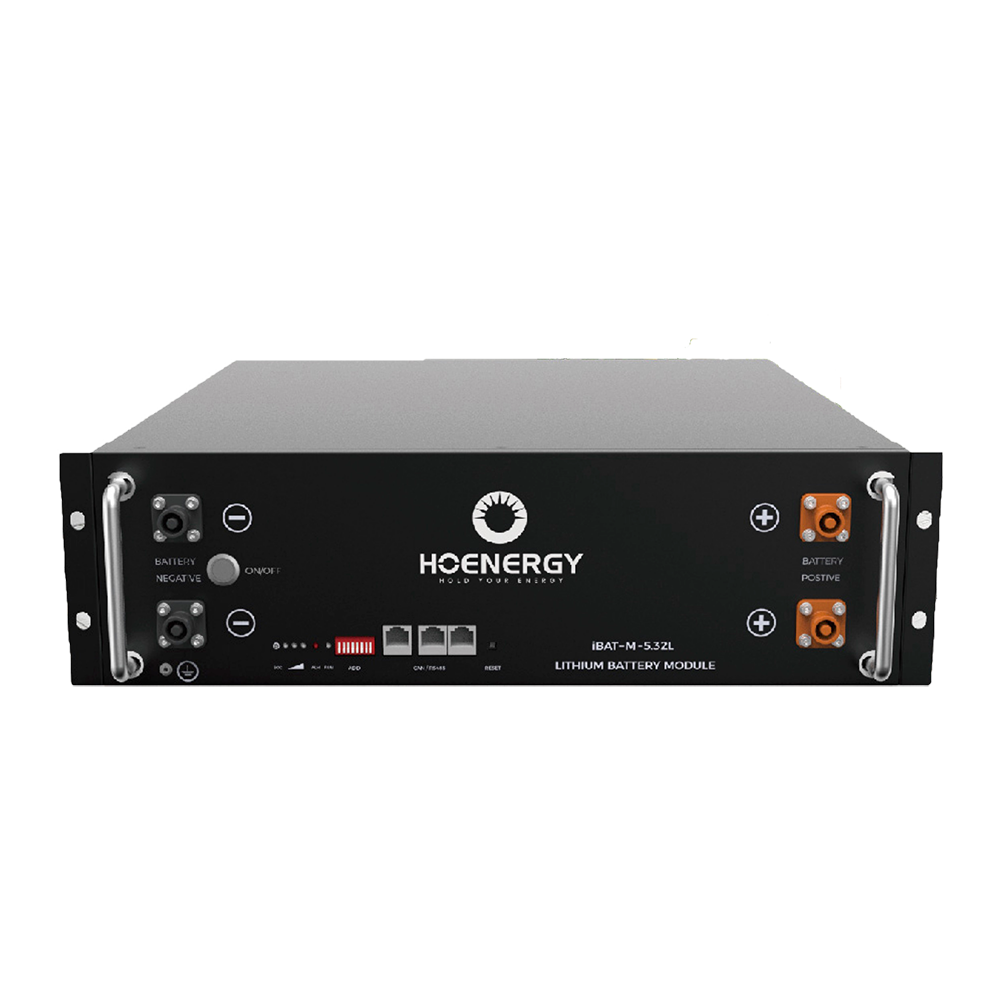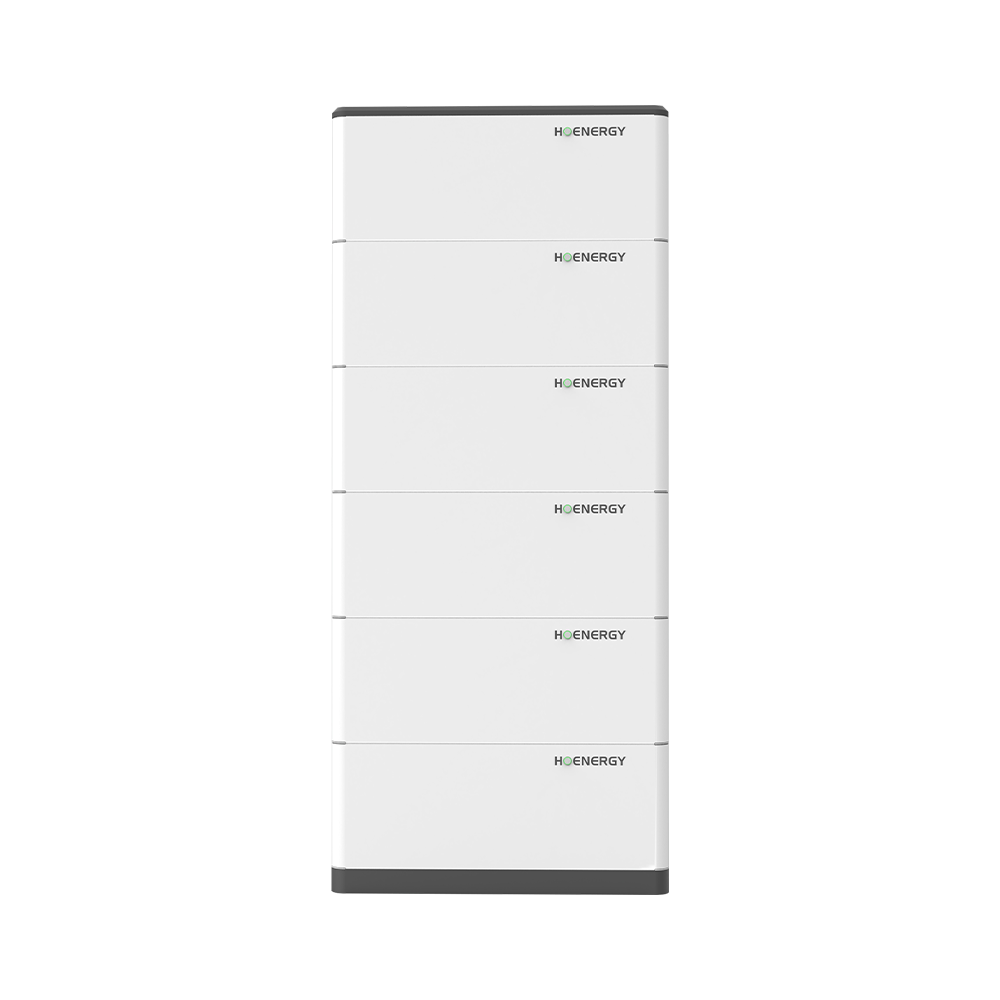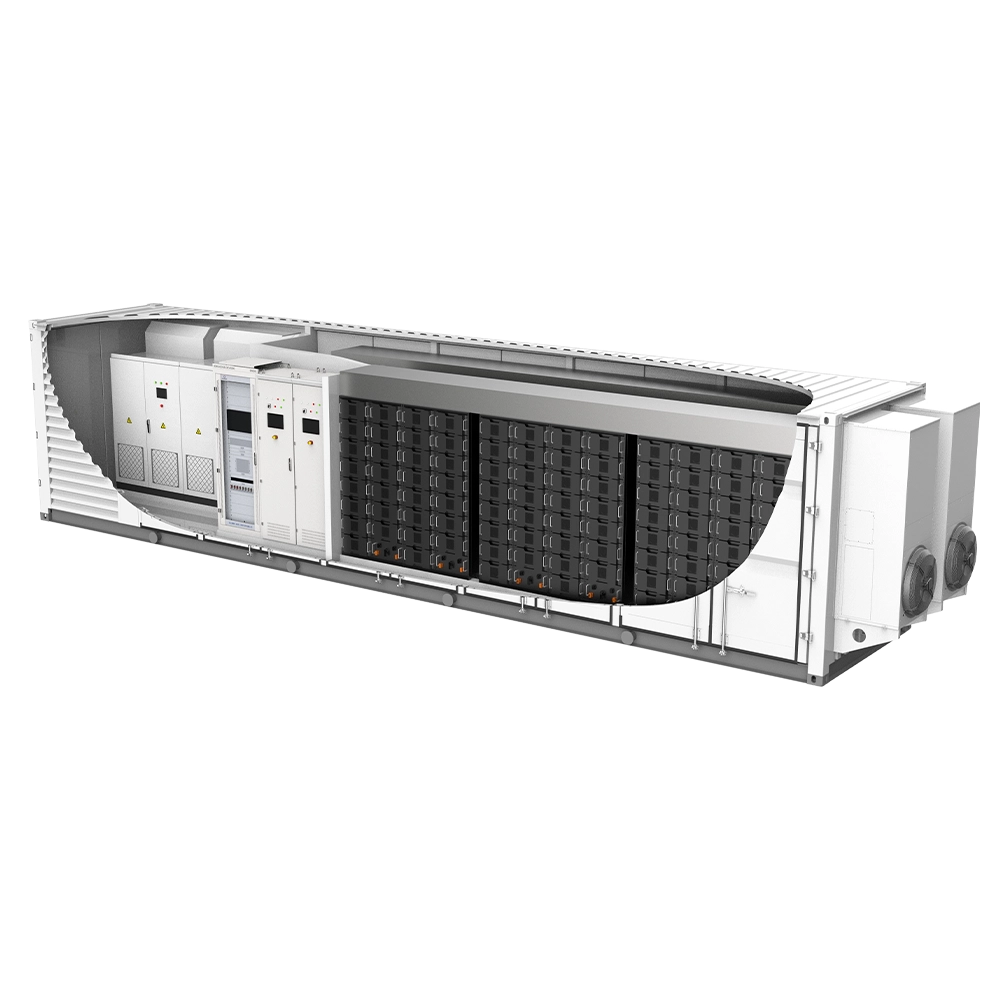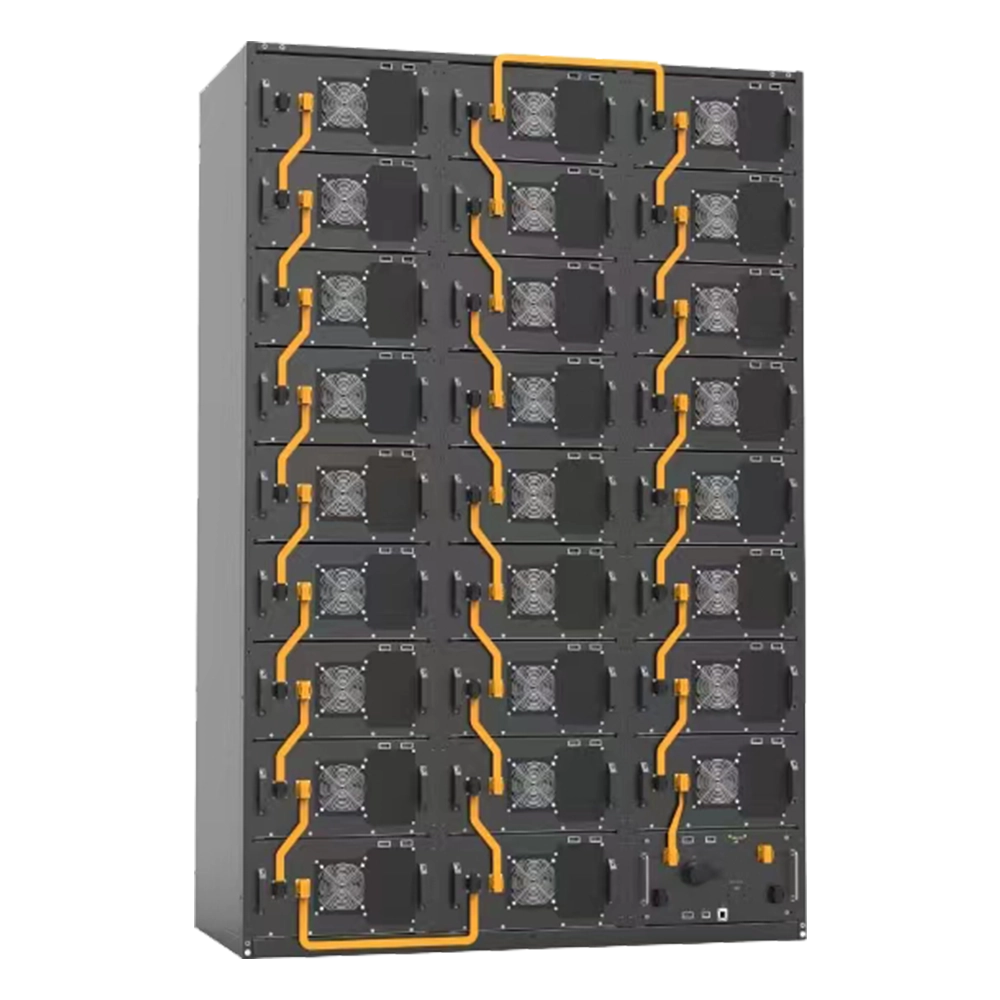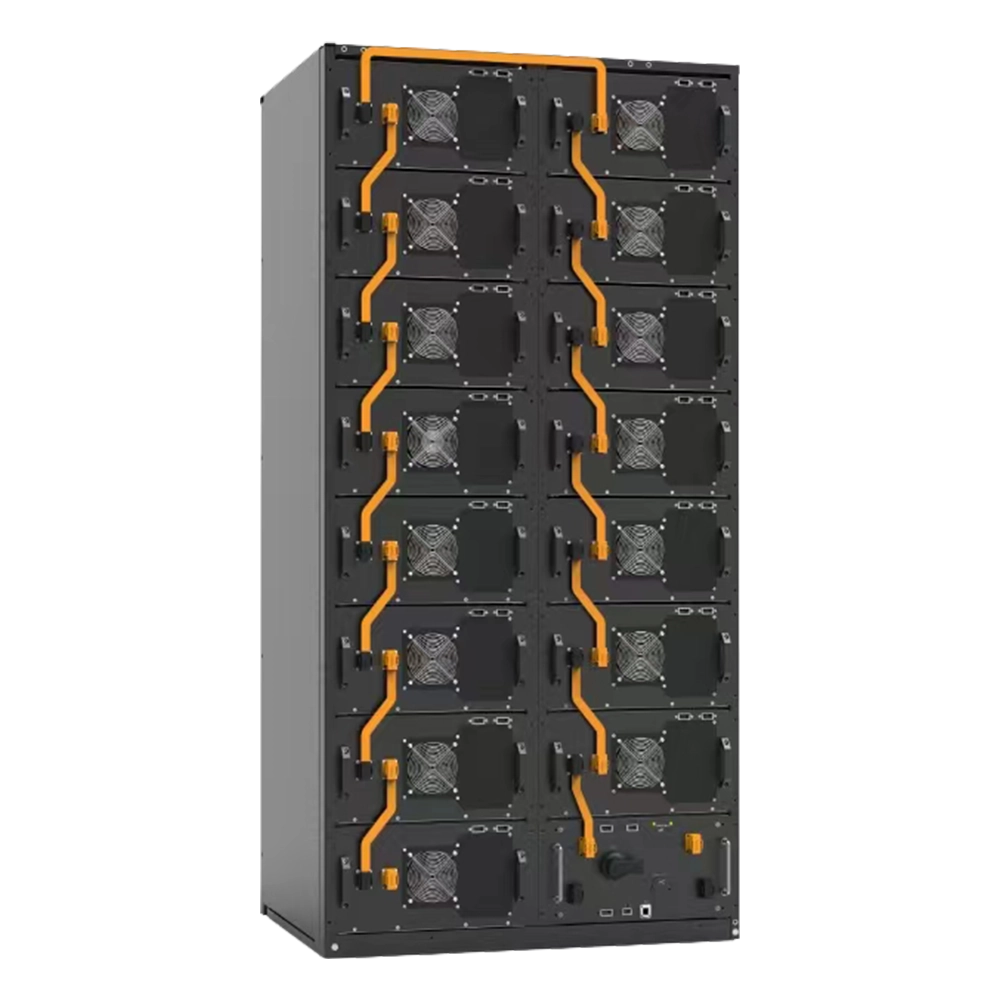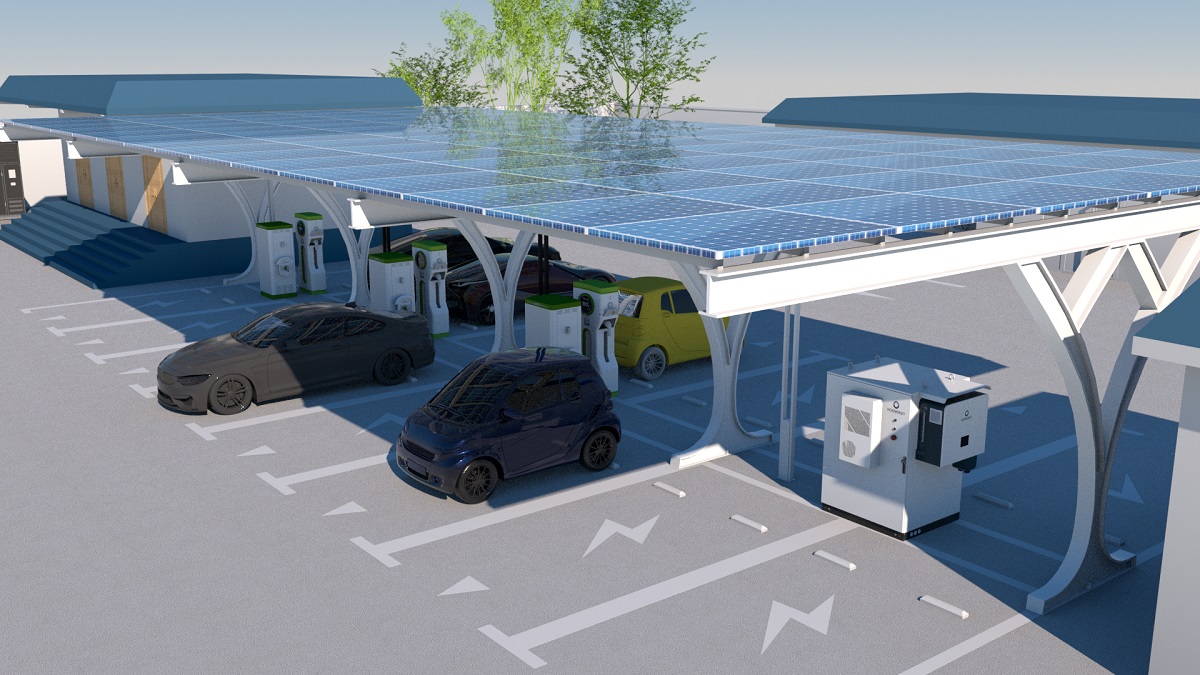According to the global climate change, there are many environmental pollution problems affecting the quality of human life around the world today, and the development and utilization of new energy can help reduce environmental pollution and improve the living environment of human beings.
Wind and solar energy, as renewable and clean energy, played a huge role in the early stage of human development of new energy sources, but the emergence of energy storage has become the key to solve the problem for the sake of energy sustainability.
People are investing in energy storage systems as the grid evolves, creating long-term benefits and reliability for years to come. Energy storage is a key hub for the entire grid, adding resources from wind, solar and hydro to nuclear and fossil fuels, to demand-side resources and system efficiency assets. It can be used as a generation, transmission, or distribution asset as well as in a single asset.
Energy storage can save money on the operational costs of supplying electricity to the grid, as well as for electricity consumers who install storage in their homes and businesses. Energy storage can reduce the cost of providing frequency regulation and backup services and save consumers money by storing low-cost energy. By using energy storage during brief interruptions, businesses can avoid power outage losses and continue normal operations.
By introducing greater flexibility to the grid, energy storage can help integrate more solar, wind and distributed energy sources. It can also improve the efficiency of the grid, increase the capacity factor of existing resources, and offset the need to build new pollution-emitting peak power plants.
As our energy supply mix becomes cleaner through low and no carbon resources, energy storage helps make it easier and more reliable to grow the supply mix.


